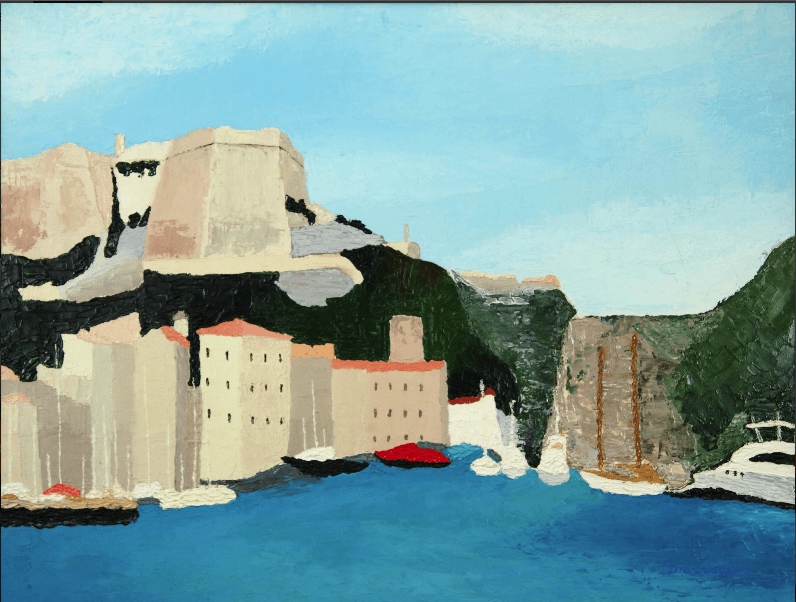The Gales Gallery opens it’s doors to the the work of graduate artists Emmanuel Elkabas-Besnard and Brandon Scott Kennedy in their exhibit called Sporadic Colour Void.
Running from the end of September all the way October 11th, this is a chance for students to appreciate the work of two of York’s finest artists. Although paired together, both artists have a completely different styles of art, with Elkabas-Besnard work being more naturalist and impressionist, with Kennedy’s pieces being more modern.
The first thing students will notice when stepping into the Gales Gallery was how perfectly the all-white walls contrasted the intensely coloured paintings against it.
With both artists having such different styles, why would they be paired together?
“They both focus on colour. One from a more natural point of view and the other through a more academic point of view,” said Lani the exhibit’s volunteer curator.
“Emmanuel’s work is more asymmetrical and unbalanced, whereas Brandons work is more balanced and symmetrical. They are paired together because both works are similar in concept and colour, but different in approach.”
The meshing of these works creates a sense of interest and sparks curiosity in audiences. “The modernist side is usually what more people are drawn to first” says Lani.
“Emmanuel’s work is more romantic which makes it a little less relatable to people now. It’s more about the process of painting and the artist’s relationship to the paint, as well as the relationship to the environment. Brandons work doesn’t have that same connection, it’s more design based and symmetrical,” she adds.
Modern art remains more relatable to the everyday audience.
Lani suggests that it is because audiences today aren’t looking for art anymore, they are looking to relate, probably through online galleries.
“When we look at art we want it to be more commodified and relatable to our everyday lives” Lani says. She also adds that the more natural and abstract pieces allows people have an emotional connection to the painting. When audiences closely observe Emmanuel’s work, you notice all the intricate detail and appreciate the amount of thought that was put into each brush stroke.
“Brandon also mixed different mediums (oil and paint) on the canvas which allow the elements to take control of the painting rather than the artist” adds Lani. “Brandons work is the opposite. His is very controlled and appears controlled as well.”
Lani also notes that modern art is usually made to look like a replication of another work. “Usually contemporary artists don’t title their work or give really ambiguous titles like numbers. They do this to make their work look like modifications and not persona. They are more reflective of modern culture.”
Though I was personally drawn to the modernist side of the gallery to begin with, I came to appreciate the impressionist side once I had looked at all the works. I thought the exhibit was well laid-out and flowed properly. Though the theme for the exhibit sounded basic initially, the execution of the theme was stimulating and added interest to an otherwise plain theme.
So even if you’re not an art buff this exhibit can be enjoyed and appreciated by anyone. You would be a fool not to check out in Accolade West, head over there before it’s too late.
Julia Alfano
Contributor



